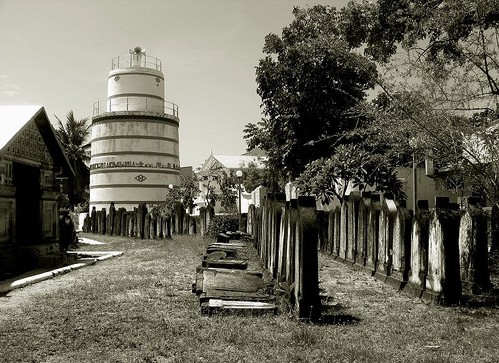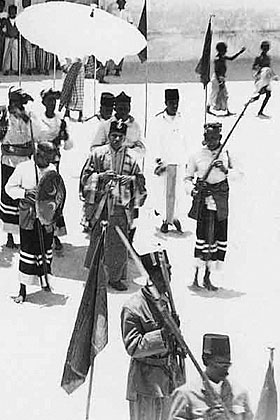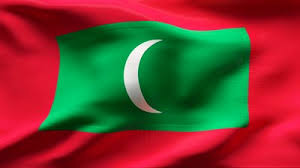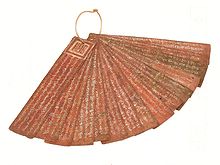Beautiful Maldives History
 
Early daysSome archaeologists, including the now much-dismissed Thor Heyerdahl, believe that the Maldives was well known from around 2000 BC, and was a trading junction for several ancient maritime civilisations including Egyptians, Romans, Mesopotamians and Indus Valley traders. The legendary sun-worshipping people called the Redin may have descended from one of these groups. Around 500 BC the Redin either left or were absorbed by Buddhists, probably from Sri Lanka, and by Hindus from northwest India. HCP Bell, a British commissioner of the Ceylon Civil Service, led archaeological expeditions to the Maldives in 1920 and 1922. Among other things, he investigated the ruined, dome-shaped structures (hawittas), mostly in the southern atolls, that he believed were Buddhist stupas similar to the dagobas found in Sri Lanka (Ceylon). Read more: http://www.lonelyplanet.com/maldives/history#ixzz2qeIZsoYo
Conversion to islamFor many years, Arab traders stopped at the Maldives en route to the Far East – their first record of the Maldive islands, which they called Dibajat, is from the 2nd century AD. Known as the ‘Money Isles’, the Maldives provided enormous quantities of cowry shells, an international currency of the early ages. The cowry is now the symbol of the Maldives Monetary Authority. It must have been an almost magical land at the time – forget money growing on trees, in the Maldives it was washed up on the shore! Abu Al Barakat, a North African Arab, is credited with converting the Maldivians to Islam in 1153. According to the legend, young virgin girls in Male’ were chosen from the community and left alone in a temple as a sacrifice to Rannamaari, a sea jinni. One night Barakat took the place of a prospective sacrificial virgin and drove the demon away by reading from the Islamic holy book, the Quran. The Maldivian king at the time was sold on Islam, and ordered that the whole country convert. A series of six sultanic dynasties followed, 84 sultans and sultanas in all, although some did not belong to the line of succession. At one stage, when the Portuguese first arrived on the scene, there were actually two ruling dynasties, the Malei (or Theemuge) dynasty and the Hilali. Read more: http://www.lonelyplanet.com/maldives/history#ixzz2qeIfQIKj
The portugueseEarly in the 16th century the Portuguese, who were already well established in Goa in western India, decided they wanted a greater share of the profitable trade routes of the Indian Ocean. They were given permission to build a fort and a factory in Male’, but it wasn’t long before they wanted more from the Maldives. In 1558, after a few unsuccessful attempts, Captain Andreas Andre led an invasion army and killed Sultan Ali VI. The Maldivians called the Portuguese captain ‘Andiri Andirin’ and he ruled Male’ and much of the country for the next 15 years. According to some Maldivian beliefs, Andre was born in the Maldives and went to Goa as a young man, where he came to serve the Portuguese. (Apart from a few months of Malabar domination in Male’ during the 18th century, this was the only time that another country has occupied the Maldives; some argue that the Portuguese never actually ruled the Maldives at all, but had merely established a trading post.) According to popular belief, the Portuguese were cruel rulers, and ultimately decreed that Maldivians must convert to Christianity or be killed. There was ongoing resistance, especially from Mohammed Thakurufaanu, son of an influential family on Utheemu Island in the northern atoll of Haa Alif. Thakurufaanu, with the help of his two brothers and some friends, started a series of guerrilla raids, culminating in an attack on Male’, in which all the Portuguese were slaughtered. This victory is commemorated annually as National Day on the first day of the third month of the lunar year. There is a memorial centre on the island of Utheemu to Thakurufaanu, the Maldives’ greatest hero, who went on to found the next sultanic dynasty, the Utheemu, which ruled for 120 years. Many reforms were introduced, including a new judicial system, a defence force and a coinage to replace the cowry currency. Read more: http://www.lonelyplanet.com/maldives/history#ixzz2qeIjgOFf  Lōmāfānu or Loamaafaanu, also known by the Sanskrit name Sasanam, are Maldivian texts in the form of copper plates on which inscriptions have been added. Many Old Maldivian historical texts are found only in lōmāfānu form, with the oldest of the plates dating from the twelfth century AD. The Divehi Akuru script used on the plates was named "evēla akuru" by H. C. P. Bell who claimed that it resembled medieval Sinhala script. According to the Isdū Lōmāfānu, monks from monasteries of the southern atoll of Haddhunmathi were brought to Malé and beheaded. Besides the lōmāfānu plates found in Haddhunmathi Atoll, one of the most important Maldivian copper plates is the Bodugalu Miskiy Lōmāfānu found in Malé  | The history of the Maldives is as mysterious as the country itself. The moving hand of time has made it difficult to separate facts from legend, but has historical evidence leaves little doubt of the richness of life in the Maldives during the past. Liberally sprinkled with stories of people who fought demons from the sea, brave Sultans and Kings who fought valiantly for the nation's independence, and huge dynasties which ruled the country for decades, the Maldives has a history which captures the minds of both the serious historian and the imaginative day dreamer. People have been living on the islands of the Maldives from as far back as 3000 years ago. They set sail from different parts of the world - often not realizing that their ultimate destination will be the Maldives where they will find an idyllic place to settle down and live in total serenity for the rest of their lives. The ancient mariners came from different parts of the world. They came from Asia, Arabia, Europe and the Americas. Some came across the Maldives by accident. Some ere asylum seekers. Some were on planned journeys. All of them stayed for the same reason - the country's beauty was too inviting to resist, the peace and the serenity which existed then and still survives today, is hard to find anywhere else in the world. Life evolved slowly. As 99 percent of the country is the sea, it made sense that life centered around the ocean. Slowly, as the population increased, the Maldivian people with their mixed features, and simple, peaceful nature began to emerge. The existed on different islands, they formed tight-knit little island communities and in 1153 AD, was bonded by faith in the one religion - Islam. Islam came to the Maldives with the Arabian traveler Abul Barakhat Al-Bar Bari. Historical remains from as far back as 400 BC show strong evidence that Buddhism was widely practised among the people. Bar barrio's story is again steeped in legend. However, the fact remains that Maldives is one of the few 100 percent Muslim nations in the world. The Maldivians, with their inherent love for peace, had to fight hard for their independence. In 1558, the Portuguese invaded and captured the Maldives. They ruled the country for 15 long years, until Boduthakurufaanu, the national hero saved the nation from losing its freedom forever. He ruled the country as Sultan Mohamed Thakurufaanu from 1573 - 1583. The Maldives which became a British Protectorate, gained full independence on July 26, 1965. The second Republic was declared on 11 November 1968 and since then the country has remained a fully independent republic. History - Important dates...400 BC Buddhist Kingdom 1153 1344 1558 1573 1887 1932 1947 1953 1953, August 21 1959
1968 1972 1976 1978 1988 Nov 3rd. |
 1965
1965